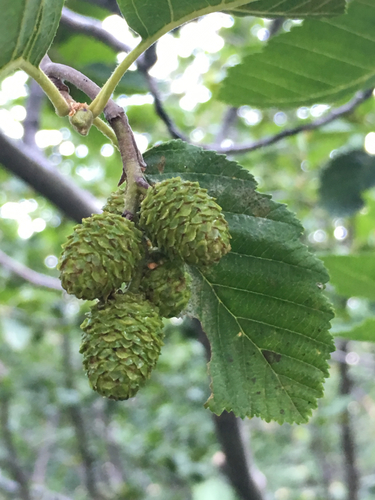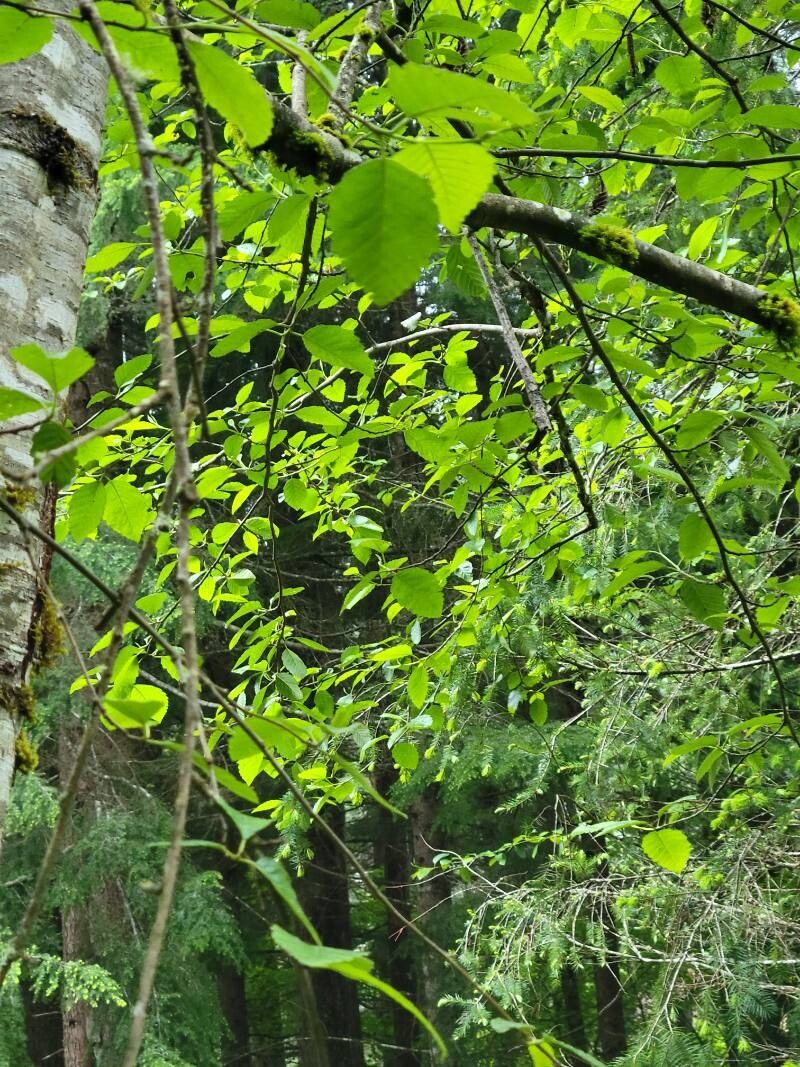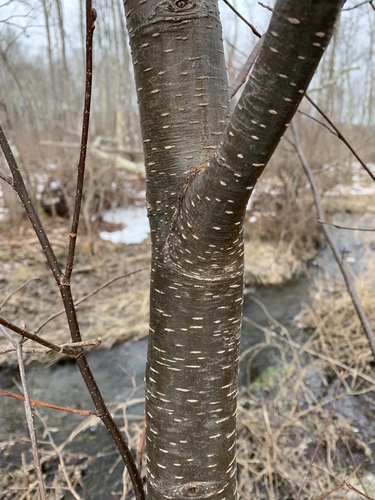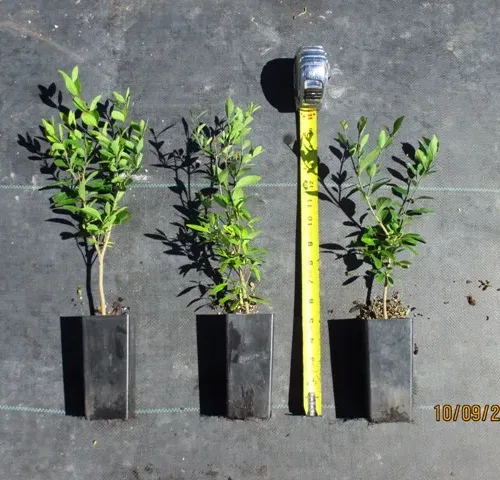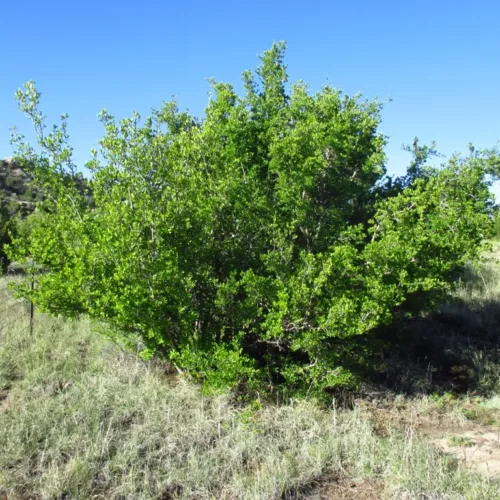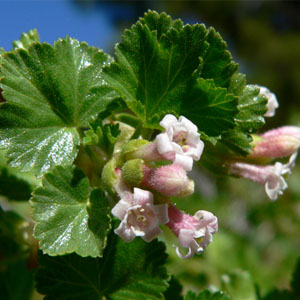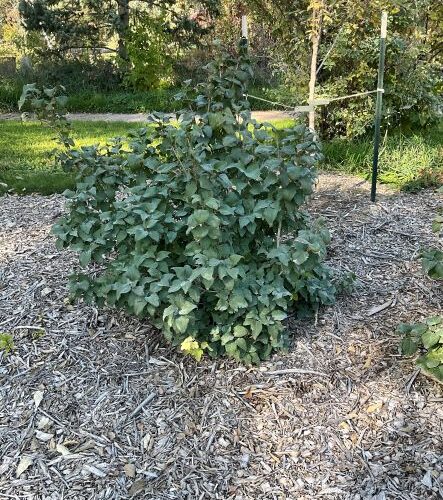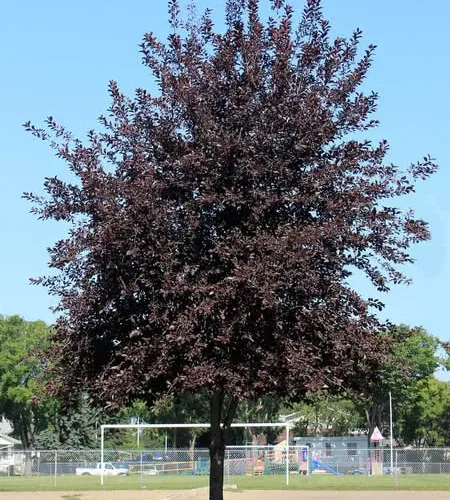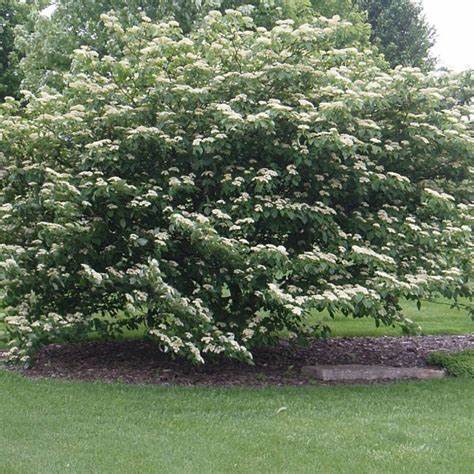Thinleaf Alder
Alternate Names:
Thin-leafed Alder, Grey Alder, Mountain Alder, River Alder
Historically the wood was pounded into a power and used as red dye
Wildlife eat leaves and twigs, birds eat the seeds, buds and catkins of the Alder
Used for rebuilding habitat in riparian ares that have been eroded and/or disturbed. Used in windbreak plantings to create protection for livestock, property and reducing erosion.
Species produces catkins (separate male and female catkins – male and female catkins are also produced at different times of the year) This species spreads by underground rhizomes AKA suckers. A great choice if you are looking to develop dense thickets for wildlife and/or windbreak protection. Very adaptable to different types of soils and soil pH. It prefers moist soil, and does well in shaded areas. Known for its flooding tolerance and adaptability. If this plant isn’t established in a area near a river it will need regular watering to keep it alive.
Typically develops as more of a shrub or small tree. Typical size is 15 to 40 ft tall and 15 to 20 ft wide
Colorado native

